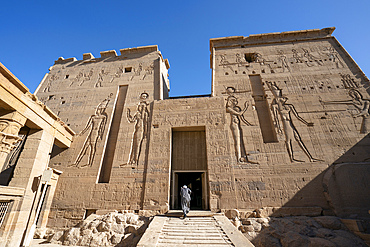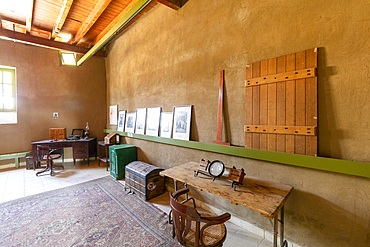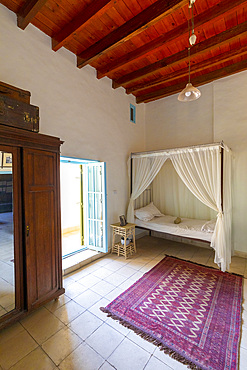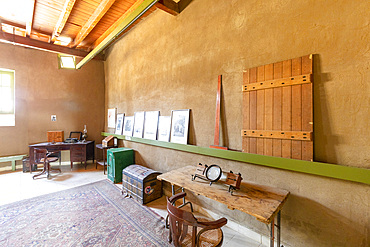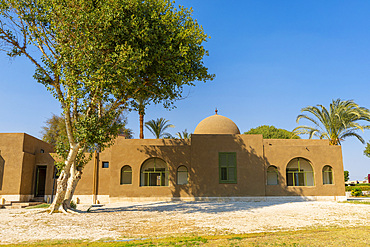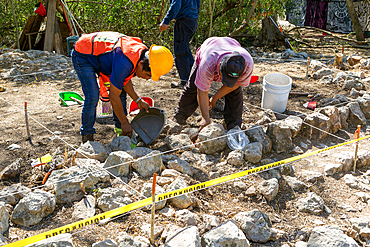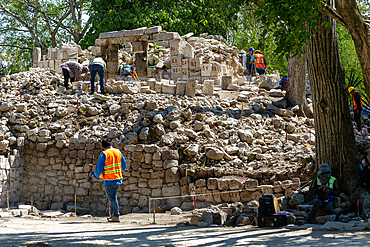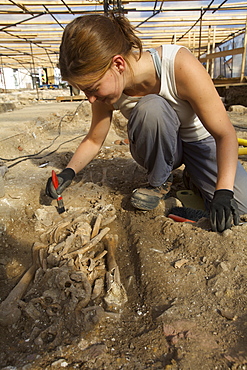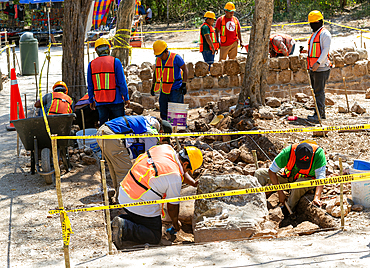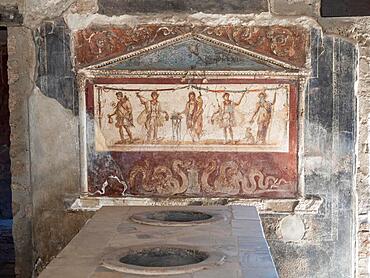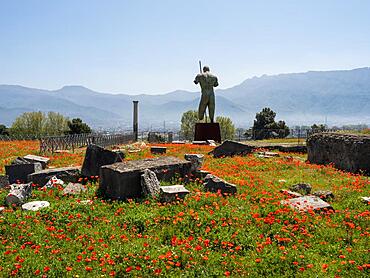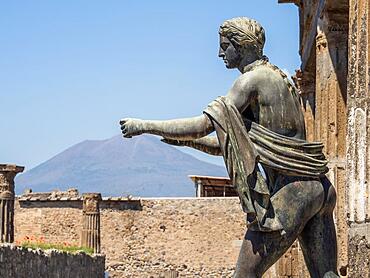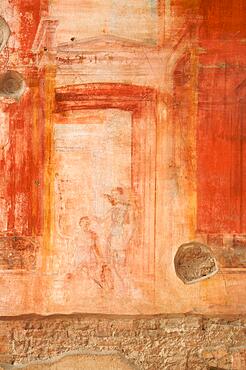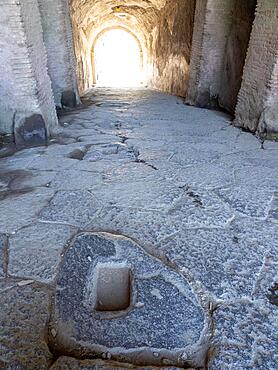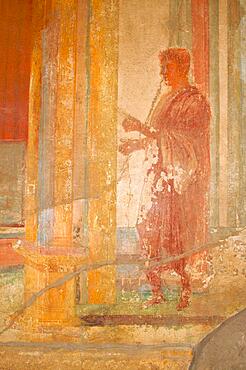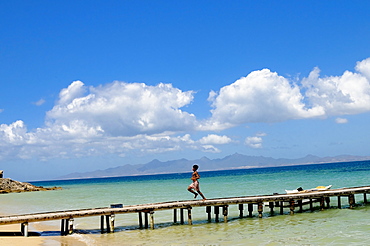Results
15 results found
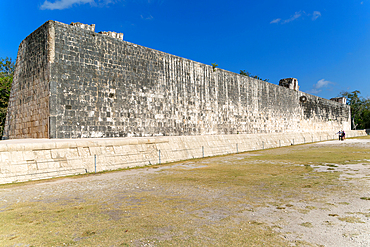
Walls of the ball court (Juego de Pelota), Mayan ruins, Chichen Itza, UNESCO World Heritage Site, Yucatan, Mexico, North America

The main house of the ancient Tusayan Ruins at Grand Canyon South Rim, UNESCO World Heritage Site, Arizona, United States of America, North America
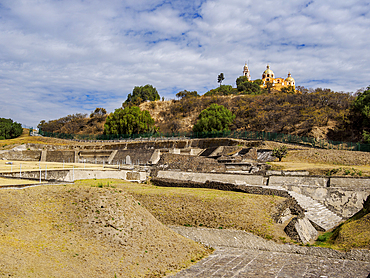
The Great Pyramid Archaeological Site and Nuestra Senora de los Remedios Church, Cholula, Puebla State, Mexico
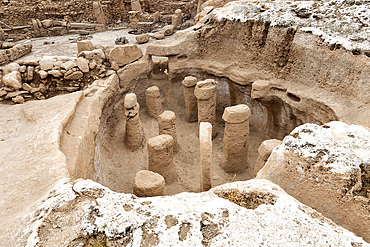
Neolithic archaeological site of Karahan Tepe, circular stone structure with T Shape pillars, Sanliurfa, Turkey, Asia Minor, Asia
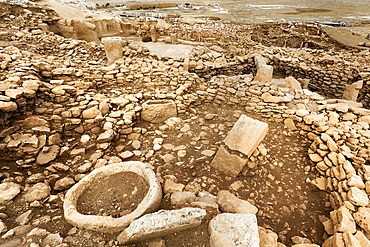
Neolithic archaeological site of Karahan Tepe, circular stone structure with T Shape pillars, Sanliurfa, Turkey, Asia Minor, Asia
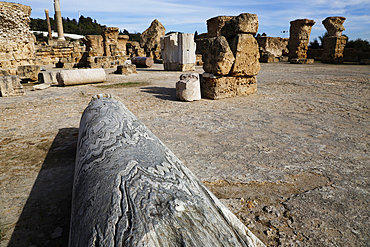
The ruins of the ancient city of Carthage, Tunisia. Founded by the Phoenicians in the ninth century BC, Carthage reached its height in the fourth century BC as the centre of the Carthaginian Empire.
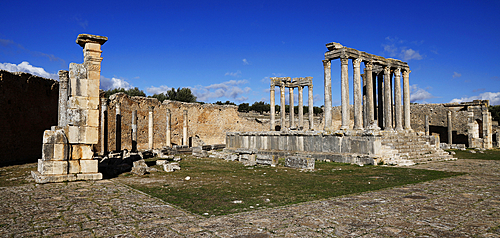
The ruins of the Roman town of Dougga, a UNESCO World Heritage site, valley of Oued Khalled, northwest Tunisia
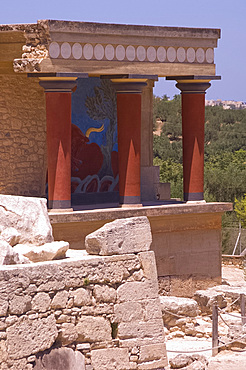
The north entrance passage containing a fresco of a charging bull at the Minoan site of Knossos, excavated in the early 20th century by British archaeologist Sir Arthur Evans, Crete, Greek Islands, Greece, Europe
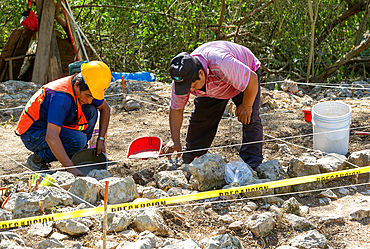
Archaeologists at work Mayan ruins, Chichen Itza, UNESCO World Heritage Site, Yucatan, Mexico, North America
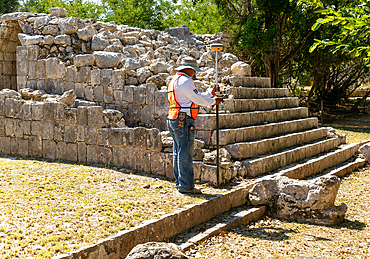
Surveyor at work, Temple of Panels (Templo de los Tableros Esculpidos), Mayan ruins, Chichen Itza, UNESCO World Heritage Site, Yucatan, Mexico, North America
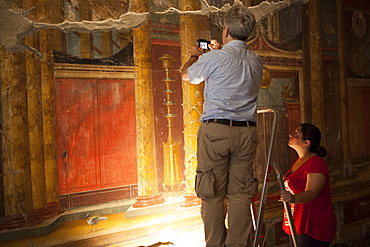
Archeologists and restorers studing the frescos at Poppea Villa (Villa Poppaea), Oplontis, UNESCO World Heritage Site, Campania, Italy, Europe
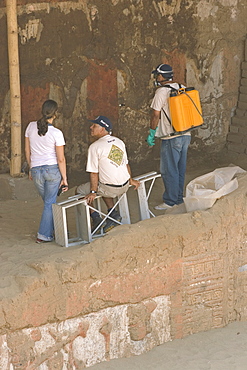
Preservation treatment of a mural by members of the National University of Trujillo team at this adobe brick temple pyramid of the Moche people (100BC-AD850) in the desert north, Huaca de la Luna, Trujillo, Peru, South America
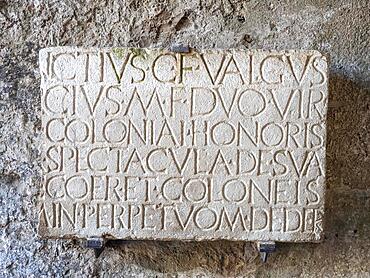
Roman inscription at the entrance to the amphitheatre, ancient city of Pompeii, Campania, Italy, Europe

Statue of Diana in the Temple of Apollo, Vesuvius in the background, Pompeii, Campania, Italy, Europe
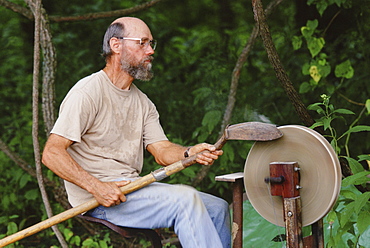
A fieldworker sharpens shovels the old fashioned way at the Big Eddy, an Archaeological site on the Sac River in southwestern, MO. Archaeologist Neal Lopinot from Missouri State University has been digging their since 1997 to gain a more complete understanding of the prehistoric record in North America. (Photo by David McLain, Aurora)
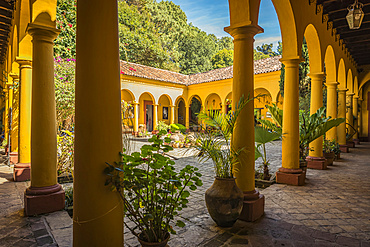
Casa Na Bolom, home of archeologist Frans Blom and photographer Gertrude Duby Blom; San Cristobal de las Casas, Chiapas, Mexico
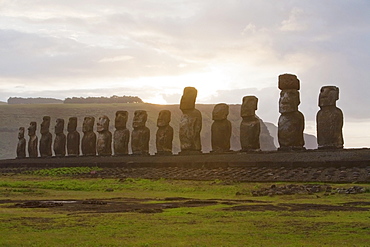
Fifteen moais from different periods, restored by archaeologist Claudio Cristino, at Ahu Tongariki at dawn, Rapa Nui (Easter Island), Chile
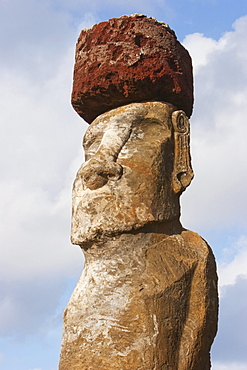
Moai with Pukau (stone hat), restored by archaeologist Claudio Cristino, at Ahu Tongariki at dawn, Rapa Nui (Easter Island), Chile
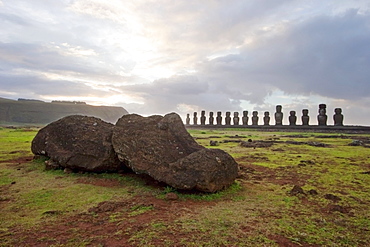
Fallen moai & fifteen moais from different periods, restored by archaeologist Claudio Cristino, at Ahu Tongariki at dawn, Rapa Nui (Easter Island), Chile
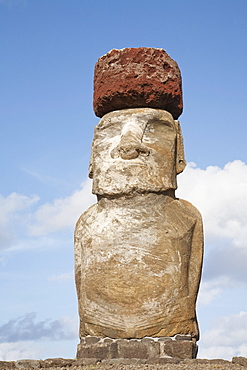
Moai with Pukau (stone hat), restored by archaeologist Claudio Cristino, at Ahu Tongariki at dawn, Rapa Nui (Easter Island), Chile
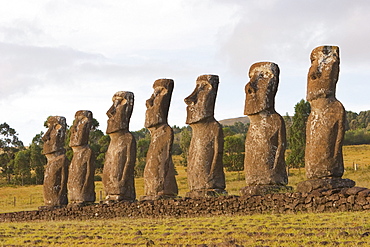
The seven moais (restored in 1960 by archaeologist William Mulloy) of Ahu Akivi are the only moai to face the ocean, Rapa Nui (Easter Island), Chile
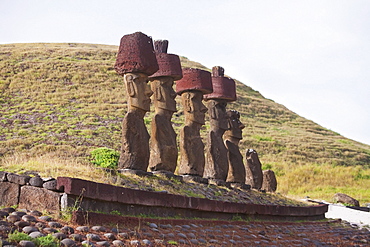
Ahu Nau Nau moais restored by the archaeologist Sergio Rapu at Anakena Beach, Rapa Nui (Easter Island), Chile
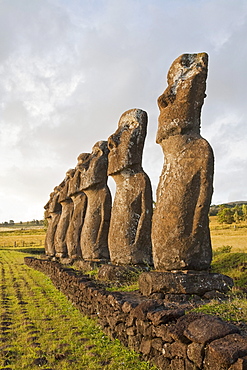
The seven moais (restored in 1960 by archaeologist William Mulloy) of Ahu Akivi are the only moai to face the ocean, Rapa Nui (Easter Island), Chile
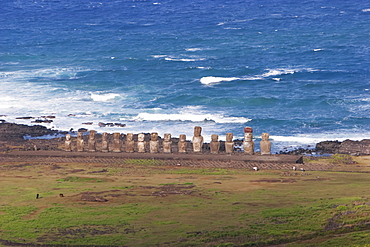
Fifteen moais from different periods, restored by archaeologist Claudio Cristino, at Ahu Tongariki, as seen from Rano Raraku, Rapa Nui (Easter Island), Chile
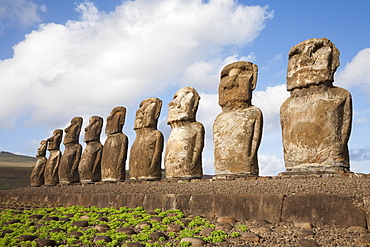
Fifteen moais from different periods, restored by archaeologist Claudio Cristino, at Ahu Tongariki, Rapa Nui (Easter Island), Chile
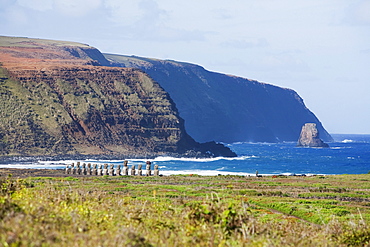
Fifteen moais from different periods, restored by archaeologist Claudio Cristino, at Ahu Tongariki, as seen from Rano Raraku, Rapa Nui (Easter Island), Chile
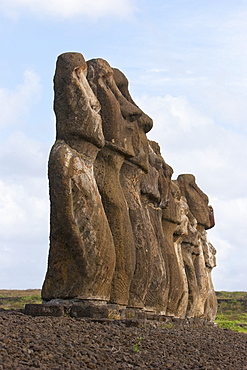
Moais from different periods, restored by archaeologist Claudio Cristino, at Ahu Tongariki, Rapa Nui (Easter Island), Chile
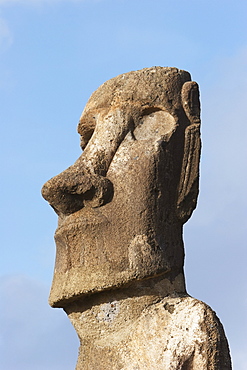
One of the fifteen moais from different periods, restored by archaeologist Claudio Cristino, at Ahu Tongariki, Rapa Nui (Easter Island), Chile
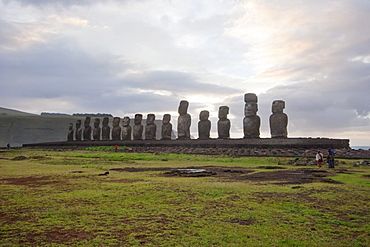
Fifteen moais from different periods, restored by archaeologist Claudio Cristino, at Ahu Tongariki at dawn, Rapa Nui (Easter Island), Chile
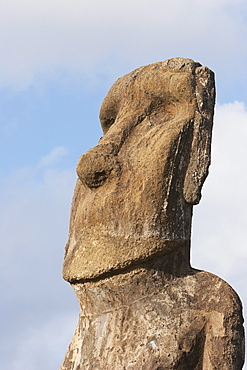
One of the fifteen moais from different periods, restored by archaeologist Claudio Cristino, at Ahu Tongariki, Rapa Nui (Easter Island), Chile
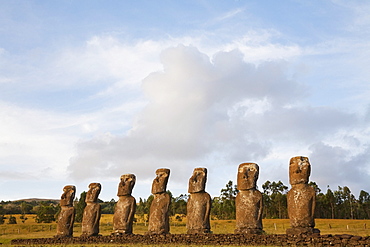
The seven moais (restored in 1960 by archaeologist William Mulloy) of Ahu Akivi are the only moai to face the ocean, Rapa Nui (Easter Island), Chile
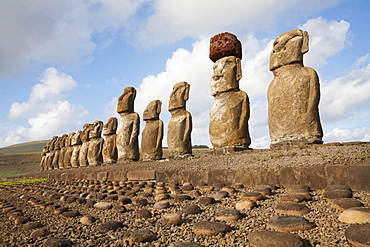
Fifteen moais from different periods, restored by archaeologist Claudio Cristino, at Ahu Tongariki, Rapa Nui (Easter Island), Chile
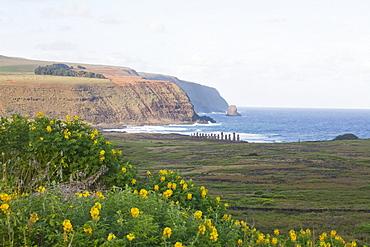
Fifteen moais from different periods, restored by archaeologist Claudio Cristino, at Ahu Tongariki, as seen from Rano Raraku, Rapa Nui (Easter Island), Chile
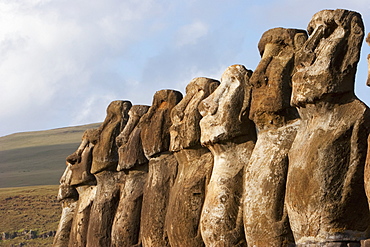
Moais from different periods, restored by archaeologist Claudio Cristino, at Ahu Tongariki, Rapa Nui (Easter Island), Chile

El Tajin archaeological site Archaeologists at work at Tajin Chico with Pyramide de lo Nichos beyond, Papantla, Veracruz, Mexico

Tourists on the lion's staircase going to the summit of the Lion's rock, former capitale of king Kasyapa from 477 to 495. Sirigiya. Sri-Lanka.
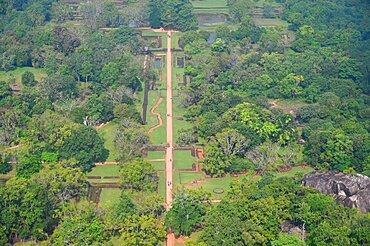
The gardens of the capital (477-495) of king Kasyapa viewed from the top of the Lion's rock. Sirigiya. Sri-Lanka.
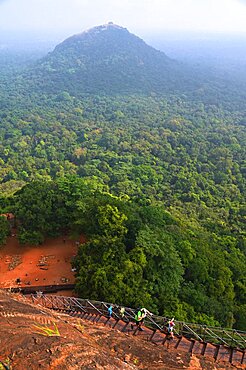
Tourists on the staircase going to the summit of the Lion's rock, former capitale of king Kasyapa from 477 to 495. Sirigiya. Sri-Lanka.
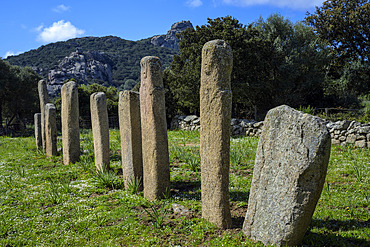
Alignment of statue-menhirs at I Stantari. Cauria megalithic site, located in the commune of Sartene in southern Corsica. The site was occupied from the Early Neolithic to the end of the Bronze Age. Some ten statue-menhirs can be seen in two alignments, on which reliefs (swords, belts, loincloths, faces, arms and hands) can be distinguished.

